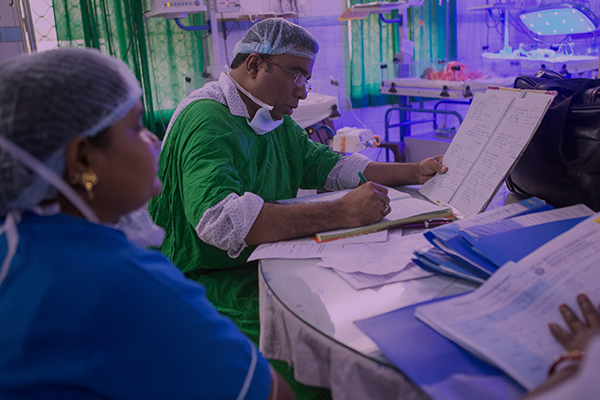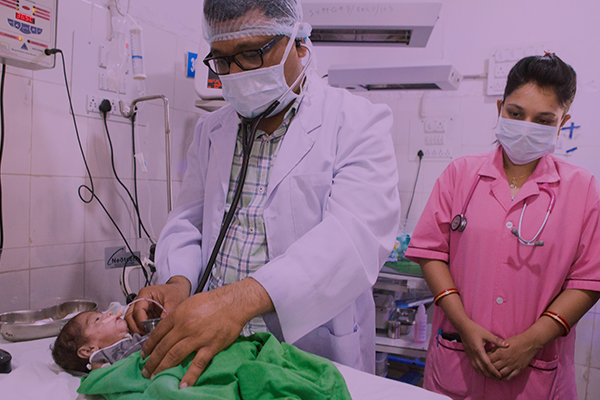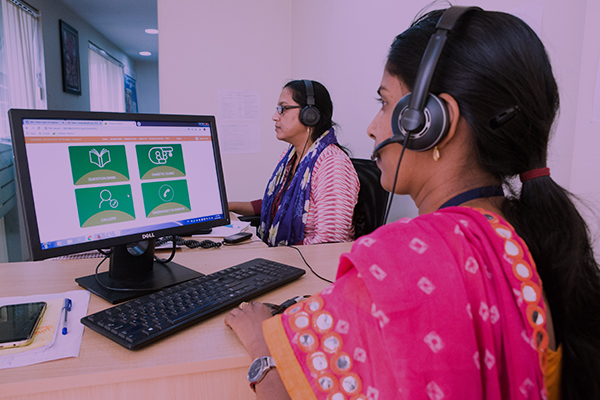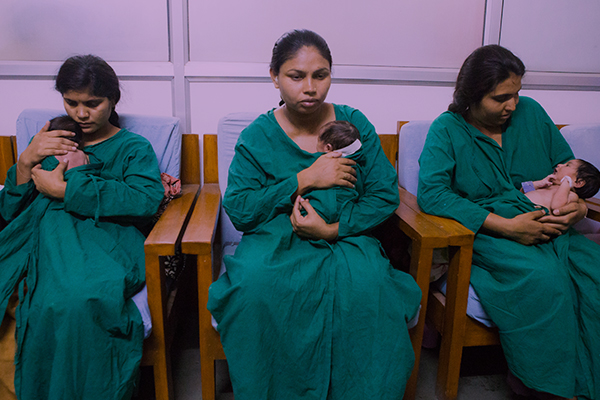The Need
Retinopathy of prematurity is a potentially blinding complication of preterm birth. Every year, 15 million babies are born preterm – India has the highest number of preterm births of any country in the world.
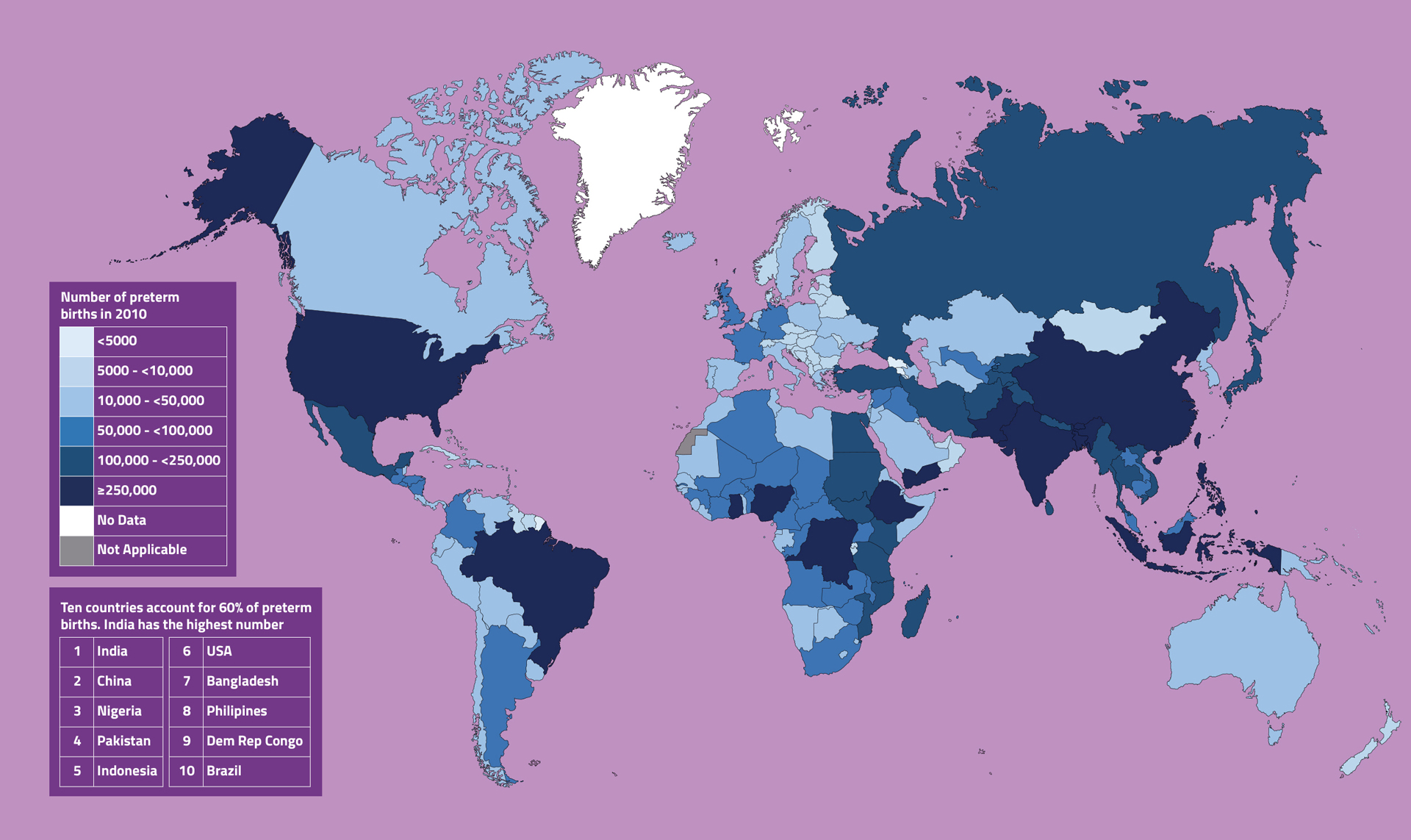
Number of preterm births in 2010
Many low- and middle-income countries, including India, are experiencing the third epidemic of blindness from Retinopathy of Prematurity (ROP). In 2010, it was estimated that 32,300 infants became blind or visually impaired from ROP. In India at least 5000 babies developed severe, potentially blinding, ROP in 2010 and almost 3,000 had loss of vision caused by ROP. This number is likely to have increased as more preterm babies are now surviving as a result of recent expansion in neonatal care services in India.

Number of preterm infants who became blind or visually impaired from ROP in 2010
Preventing Visual Loss from Retinopathy of Prematurity
Retinopathy of Prematurity only affects preterm babies who receive neonatal care. The risk of ROP is higher in babies who are born six or more weeks preterm, and in those who receive oxygen or who develop infection or fail to gain weight after birth.
High-quality neonatal care from immediately after birth reduces the risk of the severe stages of ROP. If the severe stages do develop, treatment is highly effective at presenting loss of vision. This means that all preterm babies need to be examined for ROP within 25 – 30 days of birth, and urgent treatment, usually laser treatment, must be given within 48-72 hours.
Regular and long-term follow up is also required after treatment as these babies are more at risk of other eye complications which need to be detected and managed.

A preterm baby being examined for ROP
The Project in India
The aim of the programme was to develop and integrate services for the prevention, early detection and management of Retinopathy of Prematurity into government health systems, focusing on Special Newborn Care Units in district hospitals and neonatal units in medical colleges. The project was implemented in 22 neonatal units in four States in India, with seven partners.
A Quality Improvement initiative for neonatal teams has been developed and is being scaled up with additional support from UNICEF, and is being evaluated. Peer support groups for parents and guardians of preterm infants has been piloted, and Operational Guidelines are being used to support scaling up screening and treatment.
Implementation of all aspects of the programme were reviewed by the National Task Force.
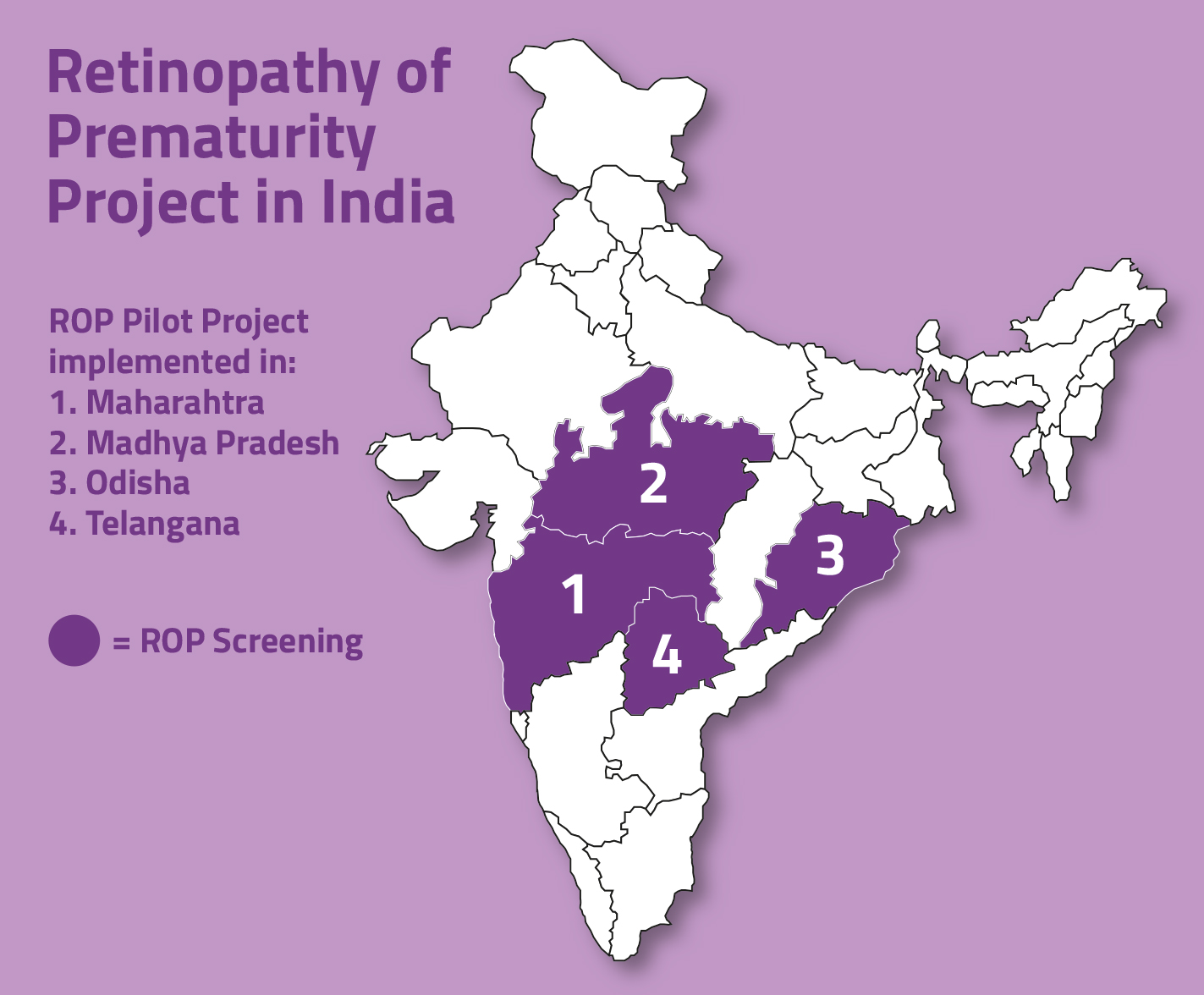
Number Receiving Services
Since the start of the programme, more than 10,000 preterm babies have been screened and more than 300 have been treated. More than 600 paediatricians and almost 600 nurses have been trained using the Quality Improvement materials and approaches; 22 ophthalmologists were trained to screen for ROP and five ophthalmologists can now treat ROP using laser.
Scaling Up
Several States have taken steps to scale up services to other districts, some new States have shown commitment to start programmes.
By the end of June 2019, the number of districts delivering services has increased from 22 in four States to 30 Districts in six States.
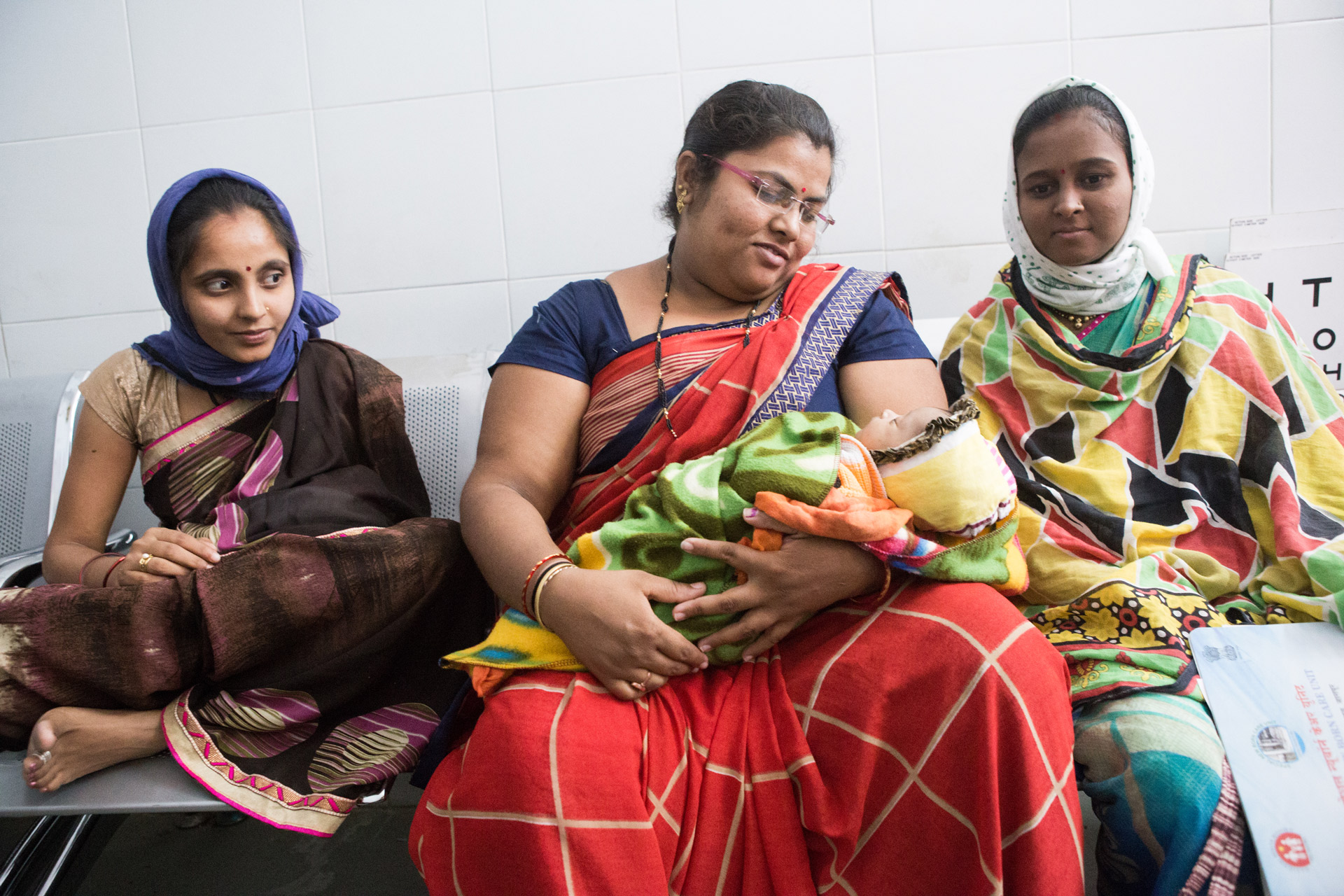
The ROP screening programme has had huge outreach in local communities





